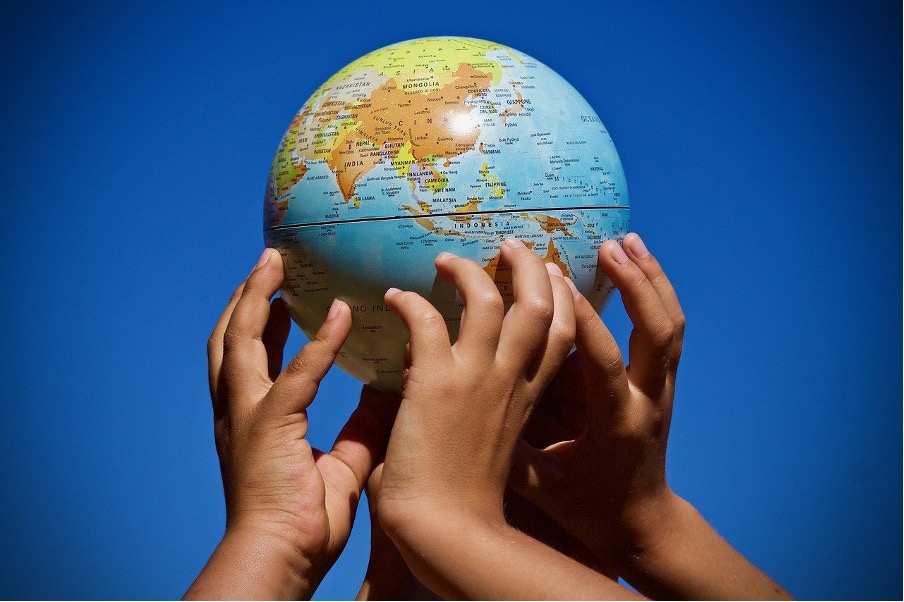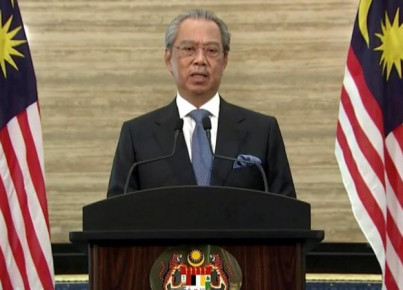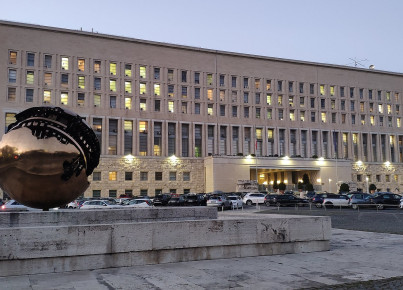Once upon a time multiculturalism became the norm in Malesia
“I am Italian”, “I am Japanese”, is a usual answer for an Italian or Japanese citizen if questioned about his/her nationality. What is unusual, is to find a person from Malaysia to answer “I am Malaysian”. We are used to thinking about State borders as something distinct and separate. But in Southeast Asian countries, they are perceived quite differently. In many cases, they were decided on paper by foreign powers, not taking into account geography and different ethnic groups and cultures.
What is meant today with “Malaysia” is the union of 13 federal states (nine kingdoms, each governed by a Sultan, and four republics) and three federal territories in Southeast Asia. It includes the peninsular part (or Western) on the southern tip of the Malacca Peninsula and the Eastern part, a large branch of the Borneo island. The population consists of over 60% of Muslims, around 19% of Buddhists, 10% of Christians, and 6% of Hindus. The Muslim and indigenous majority holds the reigns of political power, while the ethnic Chinese minority holds the economic ones.
Going back to the previous question, someone from Malaysia could answer “I am Malaysian” if born by locals. But also: I am Chinese, I am Indian. Or baba nyonya, kristang, chitty. Or another of the countless ethnic minorities that are referred to in Malaysian as peranakan (lit.: “descendants”). The term identifies a person born on Malaysian soil by a local and somebody of a different ethnic background.
It all started in Malacca at the beginning of the 16th century. The city was the capital of the homonymous state of Malacca and home to one of the most important trading posts in Southeast Asia. Fine spices were traded here in bulk to and from all over Asia.
Due to this flourishing trade network, Malaysia started soon to attract the expansionist ambitions of European powers. Portugal took possession of the country in 1511; the Netherlands in 1641, after warding off the Portuguese; Great Britain in 1795 after beating, in turn, the Dutch. The English dominated the peninsula until when it gained official independence in 1957. During the English period, the region was occupied by the Japanese army too for a short period, from 1942 to 1945.
During these many centuries of foreign domination and wealthy commercial activity, there was a continuous mix of locals, Europeans, and traders of Indian, Chinese, or Arabic origins in Malacca. Intermarriages between different religions and ethnicities followed soon all over Malaysia. Today, for the descendants is impossible to identify their identity with standards terms like “Chinese”, “European”, or “Malaysian”. Even the Malaysian term orang Cina bukan Cina (“Non-Chinese Chinese), used sometimes to describe peranakans, is misleading. Each of these ethnic groups developed exclusive customs and traditions: partially deriving from their ancestors; partially in complete autonomy, as individuals halfway between two worlds.
There are several peranakans varieties. However, the great majority of them today is baba nyonya, kristang, or chitty.
Baba nyonya descended from Chinese traders that moved to Malaysia in the past centuries (usually males) and local women. They are the largest ethnic group, to the point that the term peranakan is often deployed by mistake as a synonym for baba nyonya. When the descendant is a male, he is a baba (“men”), when a female, she is a nyonya (“women”). The eldest generations speak baba Malay, a creole language that mingles Malay and many words from the Fujian Chinese region dialect. The most practiced religion is generally Buddhism. However, thanks to the strong European cultural influence in the country, it is not rare to find Christians too: in fact, the observed holidays come from both the Chinese Lunar and Gregorian calendars.
Kristangs are peranakans of European (mainly Portuguese) and Malaysian, Chinese, or Indian heritage. The distinctive feature of this group is the one of being not only multi-ethnic but also multifaith. From the second half of 1500 AD, the Malacca Jews persecuted by the Portuguese Inquisition sought shelter and protection among Kristangs, finally broadening their variety of traditions, customs, and religions. The festivities celebrated today include San Pedro Day and Christmas. On these occasions the multiculturality of kristangs cuisine emerges, a real blend of Eastern and Western taste. Around 300 Portuguese words are included in their creole version of the language, the “Malaysian Portuguese”. One of these, kristang (from the Portuguese Cristão, “Christian”) became the word used to identify the ethnic group. It was quite common for kristangs and local Malaysians to tie the knot in the past, but today it’s rarer: the law reform in 1976 provides that everyone who marries a Muslim must convert to Islam, the religion observed by the majority of Malaysians. Kristangs generally own a strong religious and cultural identity as Christians. For this reason, they find it hard to adapt to the new rule and tend more and more to marry other peranakans, or Chinese and Indians, because it is not mandatory to convert to another religion.
Chittys come from the union of Indians and Malaysians, Chinese or baba nyonya. They speak Malay, celebrate Diwali (the “Festival of Lights”, one of the most distinctive Indian holidays), and their cuisine is deeply rooted in the Indian and Malaysian cultures. It is easy to recognise the house of a peranakan chitty in Malaysia by looking at the front door: if there are mango leaves, there is a chance that a chitty lives inside.
Despite that peranakans are considered as part of Malaysian intangible cultural heritage, these countless, varied linguistic and cultural identities are today at risk: today, 55% of the Malaysian population is Malaysian, 35% Chinese, 8% Indian, and just 2% “others”, which includes peranakans. For this reason, several associations and even a Peranakan Museum in Singapore have been founded, to make sure to preserve this fundamental part of Malaysian culture.






